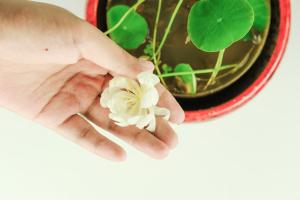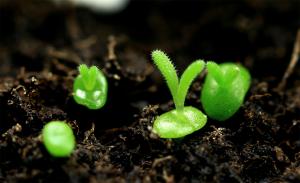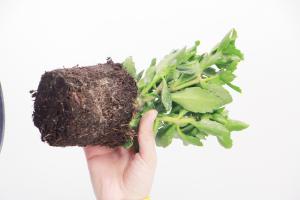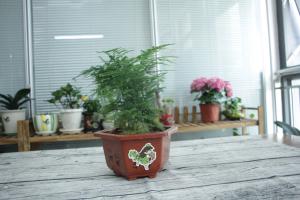Can I Plant Trees Not in My Hardiness Zone?
When it comes to gardening, choosing which plants to grow can be a tricky decision. One important aspect to consider is the hardiness zone in which you live. Hardiness zones are determined by temperature data and divide the overall climate of an area into different zones based on the average winter temperatures. These zones can be a useful tool in choosing the plants that will thrive in your climate, but what if you want to plant something that isn't in your hardiness zone? Can you plant trees not in your hardiness zone?
What Are Hardiness Zones?
As mentioned before, hardiness zones are based on average winter temperatures. The United States Department of Agriculture (USDA) divides the country into 11 different zones, ranging from Zone 1 (the coldest) to Zone 11 (the warmest). Knowing your hardiness zone can help you choose plants that are best suited for your environment. Gardeners can find their hardiness zone using a plant hardiness zone map or by consulting with their local nursery or extension office.
What Happens When You Plant Trees Outside of Your Hardiness Zone?
When you plant trees that are not supposed to grow in your hardiness zone, you risk losing them due to poor flowering, stunted growth, and even death. Trees that are not adapted to your climate may struggle with temperature extremes and be unable to survive the winter or summer. For example, planting a tree from a warm climate in a cold hardiness zone won't be able to handle the frost and will likely die. Similarly, trees from colder climates may struggle in warmer areas because they may not get enough winter chill to enter dormancy and start growing again in the spring.
Are There Ways to Plant Trees Outside of Your Hardiness Zone?
If you're determined to plant trees that are not in your hardiness zone, there are a few strategies that you can try. One option is to choose trees that are closely related to the trees native to your area. Closely related trees will have a better chance of adapting to your local climate. Similarly, some varieties of certain trees are bred to handle a wider range of environments than their true hardiness zone. These varieties may be labeled as "tougher" or "hardier" on their packaging.
If you do decide to plant trees outside of your hardiness zone, it's important to take extra precautions to protect them during the winter. You can protect your trees against the harsh winter elements with a few simple techniques like wrapping the trunk in burlap or adding insulation around the roots. Making sure that the tree has plenty of water and nutrients can also help it survive in a less-than-ideal environment.
Conclusion
In conclusion, while it's possible to plant trees outside of your hardiness zone, it's important to understand the risks and to take extra precautions to help the trees survive. Choosing trees that are closely related to the trees native to your area or finding tougher varieties can also help increase your chances of success. However, it's always best to consult with your local nursery or extension office before planting any trees or plants that are not adapted to your climate.

 how many times do yo...
how many times do yo... how many planted tre...
how many planted tre... how many pine trees ...
how many pine trees ... how many pecan trees...
how many pecan trees... how many plants comp...
how many plants comp... how many plants can ...
how many plants can ... how many plants and ...
how many plants and ... how many pepper plan...
how many pepper plan...

































